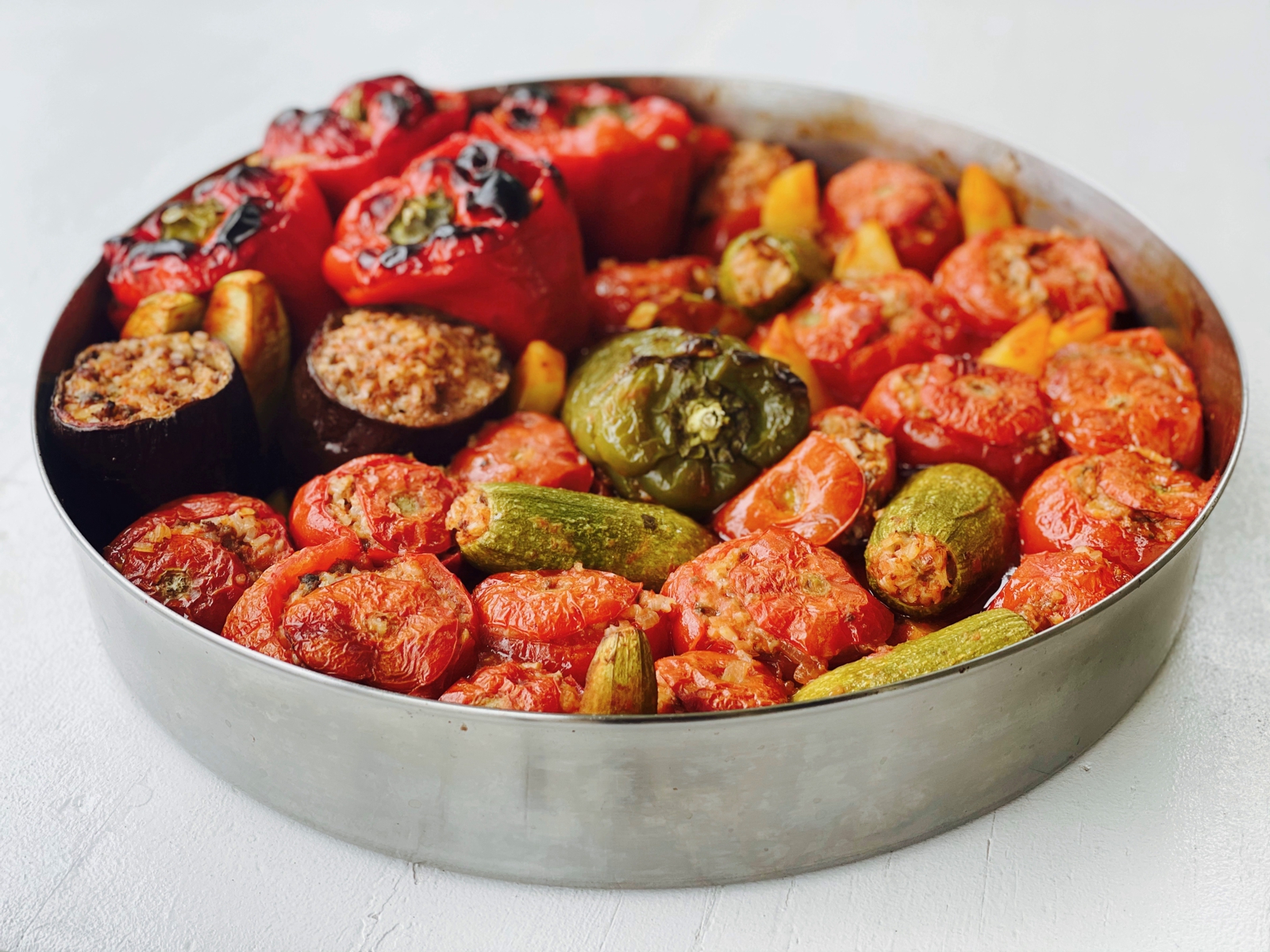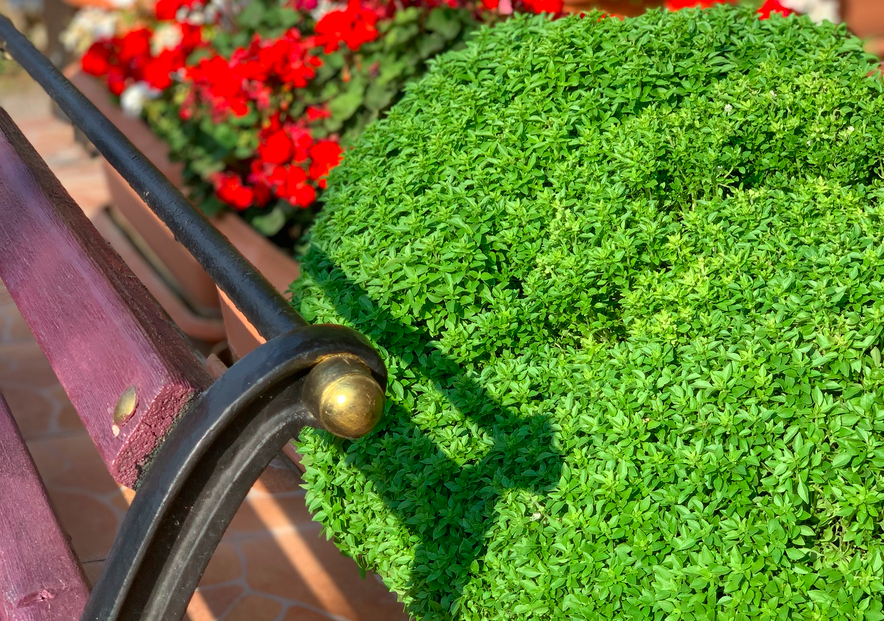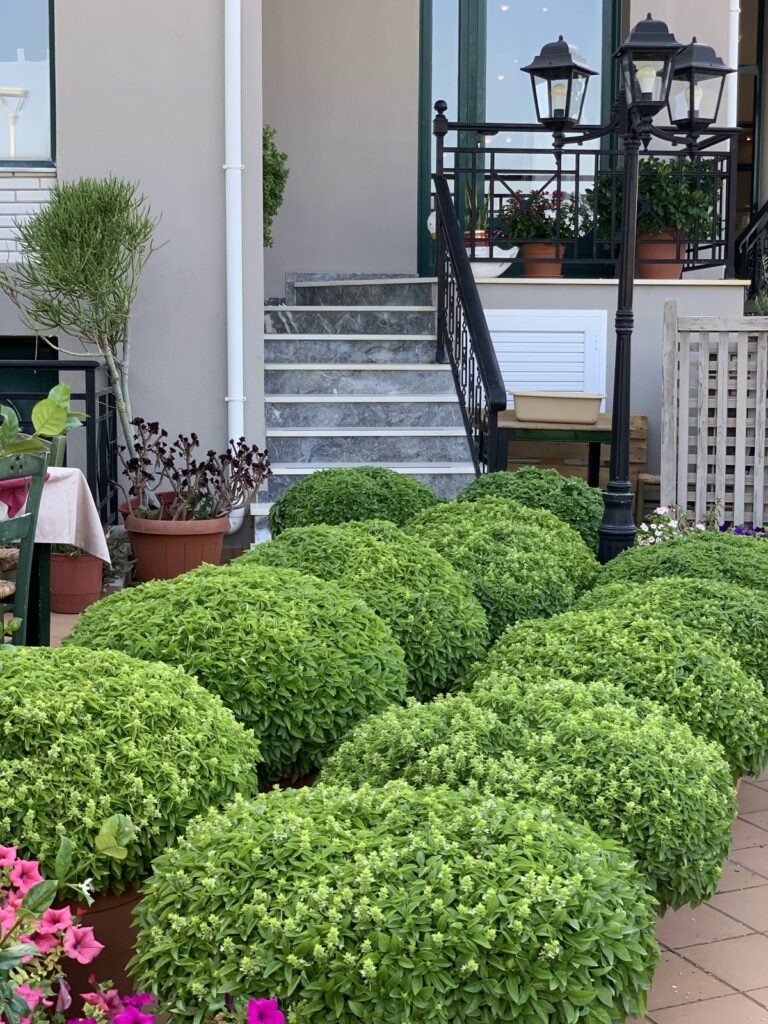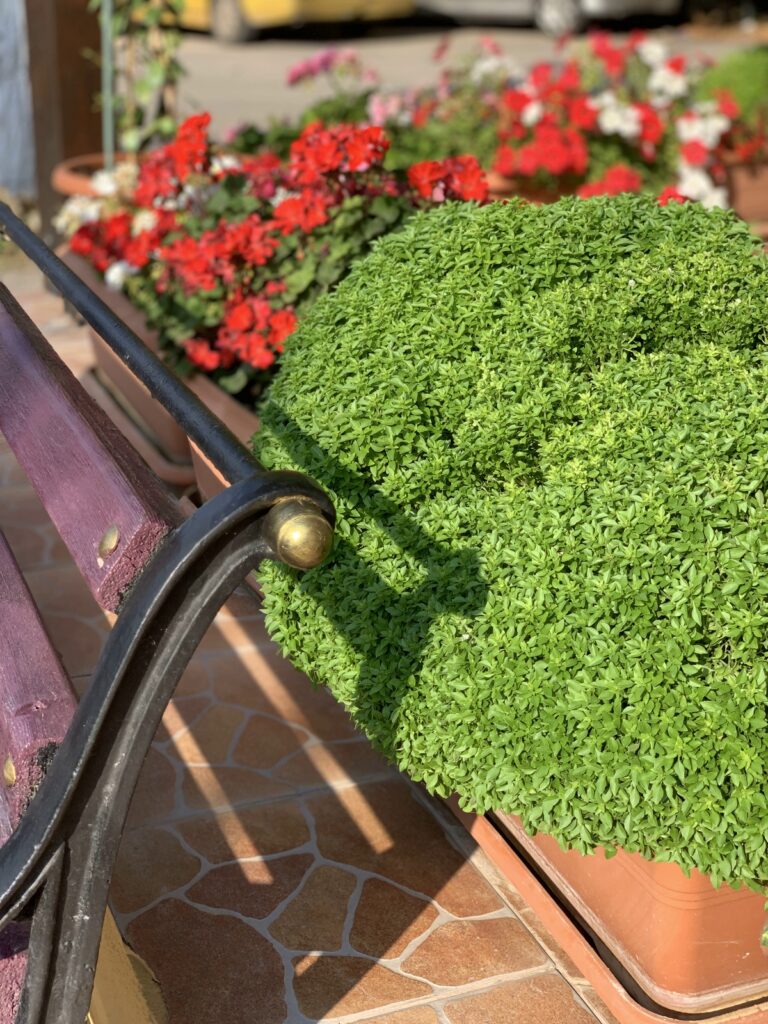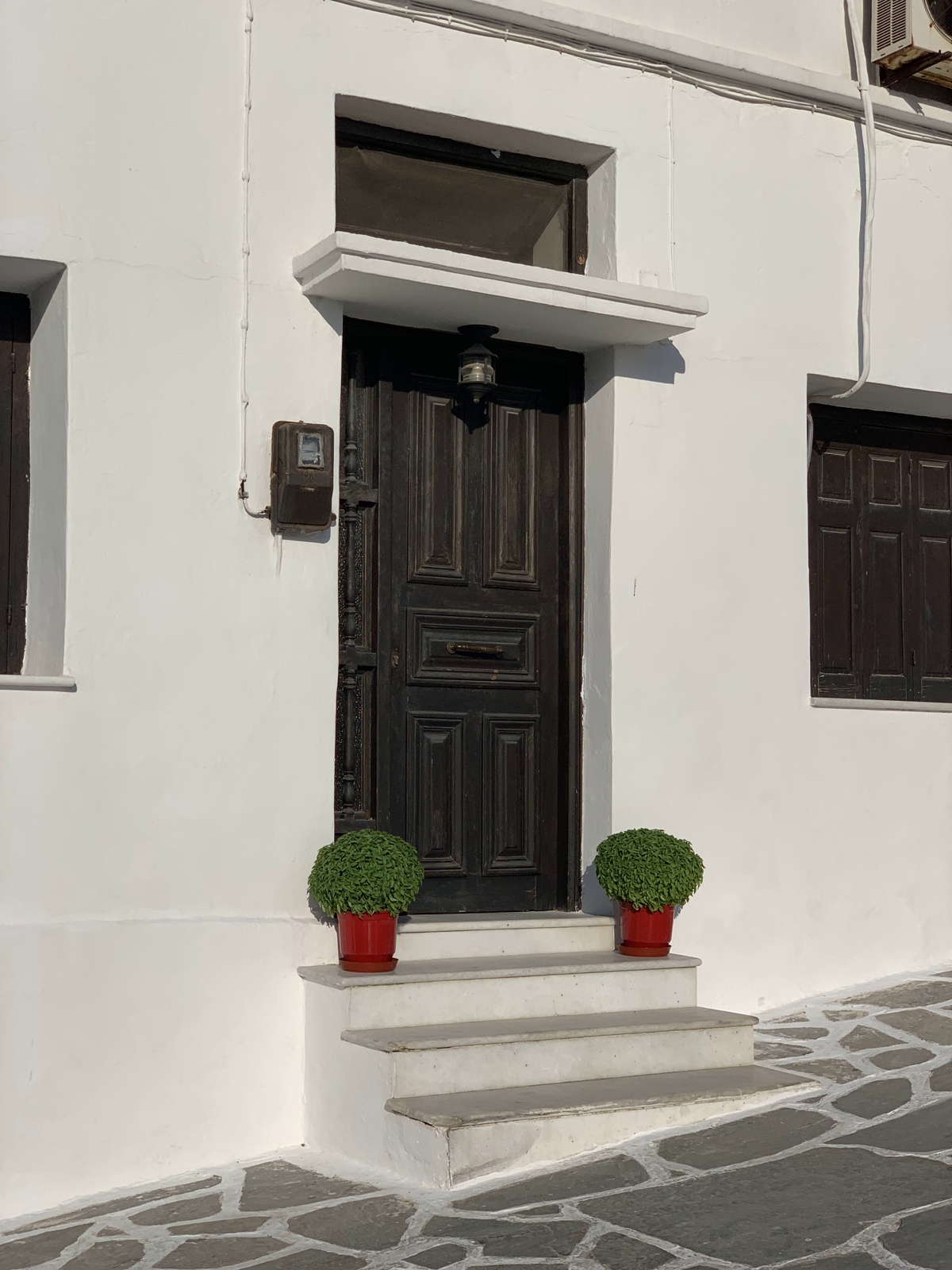Gemista is a traditional Greek recipe for stuffed vegetables that are baked, until soft and nicely browned. This juicy dish bursting with fresh colours and flavours is filled with rice and mince!
Almost every Greek household has its own version and our large sized dish includes zucchini and eggplants, however you can add more or less of each vegetable, depending on your preference.
Ingredients
- 15 medium size tomatoes
- 3 medium zucchinis
- 4 red capsicums
- 1 green capsicum
- 1 eggplant (cut in half)
- 2 large potatoes peeled and cut in wedges
- 500 grams lean beef mince
- 1/2 cup olive oil, plus more for drizzling
- 1 large onion, finely chopped
- 2 cloves garlic, finely chopped
- 1/2 cup fresh parsley, finely chopped
- 1 tablespoon of medium grain rice per vegetable
- 1 tablespoon tomato paste
- 1 cup of water
- Salt and pepper to taste
Method
Using a spoon, scoop out the inside of the tomatoes, zucchinis, eggplant and capsicums. Puree all the fillings with a hand blender until you have a thick liquid. Set aside.
Prepare the stuffing:
-Add olive oil and onion in a large skillet and sauté for a minute. Add mince and stir till brown. Include the garlic and parsley and mix thoroughly- for about a minute.
-Add the blended vegetable filling, tomato paste, rice, 1/2 cup of water, salt and pepper and stir for a minute. Allow the sauce to simmer and reduce- the uncooked rice will begin to absorb the excess liquid as it cooks.
Stuffing the vegetables:
-Preheat the oven to 250 degrees.
-Assemble the vegetables in a baking dish and use the potato wedges to keep the vegetables upright.
-Stuff the tomatoes, eggplant, capsicums and zucchini about 3/4 full. Pour the remaining puree in the bottom of the dish and add 1/2 cup of water. Season the vegetables with salt and pepper and drizzle with a little olive oil.
-Cover with baking paper and aluminium foil. Bake for about 1 hour and 15 minutes or until the vegetables have become tender and cooked through.
-Uncover and then pop back in the oven for about 15-20 minutes on low heat for the vegetables to brown nicely.
*Images and Recipe by IN+SIGHTS GREECE © (Copyright)

